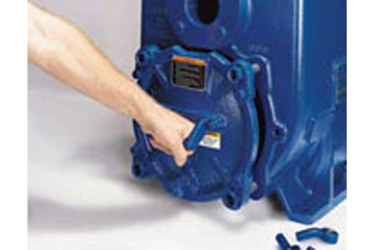Pump Maintenance Know-How

Maintaining a self-priming pump is crucial for maximizing efficiency and minimizing costs. Regular upkeep not only reduces fuel consumption and downtime, but also extends the pump’s lifespan. Efficient pump operation can be compromised by several issues, including reduced flow, slower re-priming, excessive noise, frequent clogging, and overheating. Troubleshooting involves measuring discharge pressure and suction vacuum to identify problems like collapsed suction hoses, leaking gaskets, plugged lines, or worn impellers.
Slower re-priming can indicate excessive face clearance or issues with seals, gaskets, or the cutwater section. Excessive noise may signal cavitation or failing bearings, while frequent clogging often points to issues with the suction check valve or strainer. Overheating typically results from restricted liquid flow or obstructed air release mechanisms.
Regular checks of the suction line, impeller clearance, and pump seal are essential. Ensuring proper suction hose lining, inspecting volute casing, impeller vanes, wear plates, and verifying engine power are also vital. By addressing these areas, pumps can maintain peak efficiency and profitability, reducing operational costs and enhancing performance.
Get unlimited access to:
Enter your credentials below to log in. Not yet a member of Water Online? Subscribe today.
